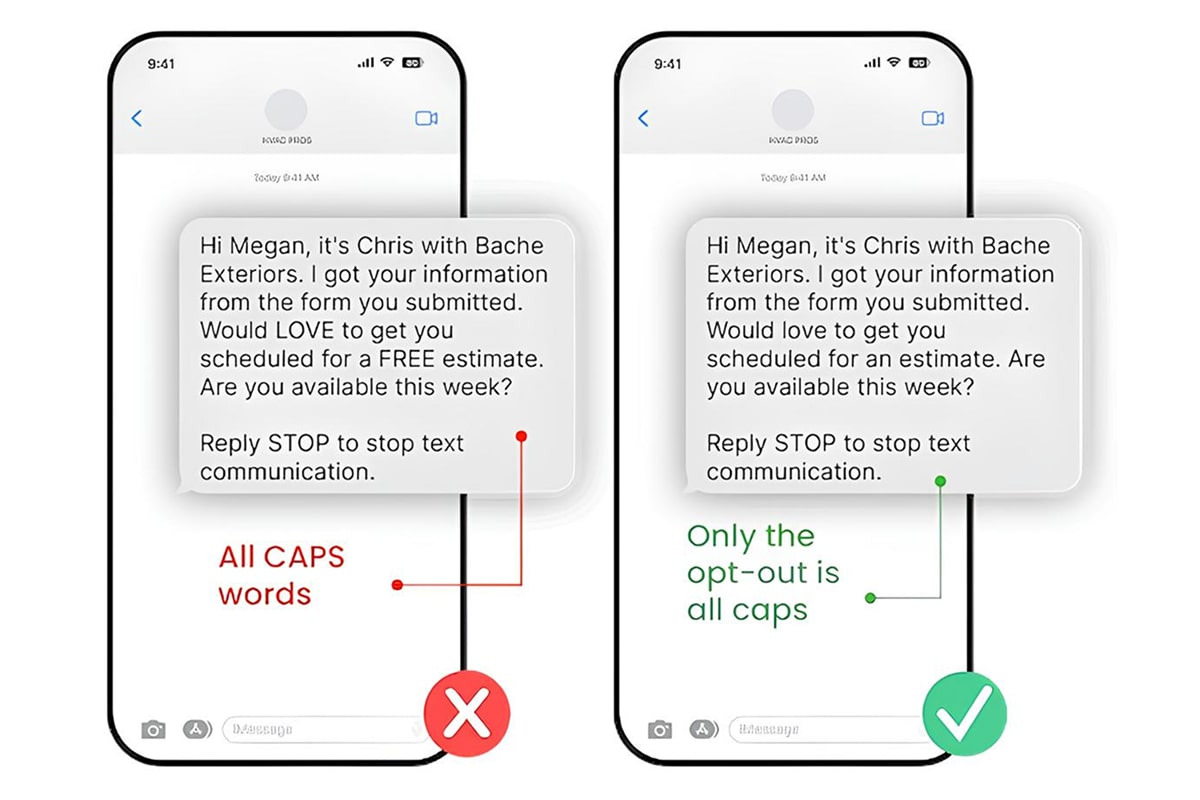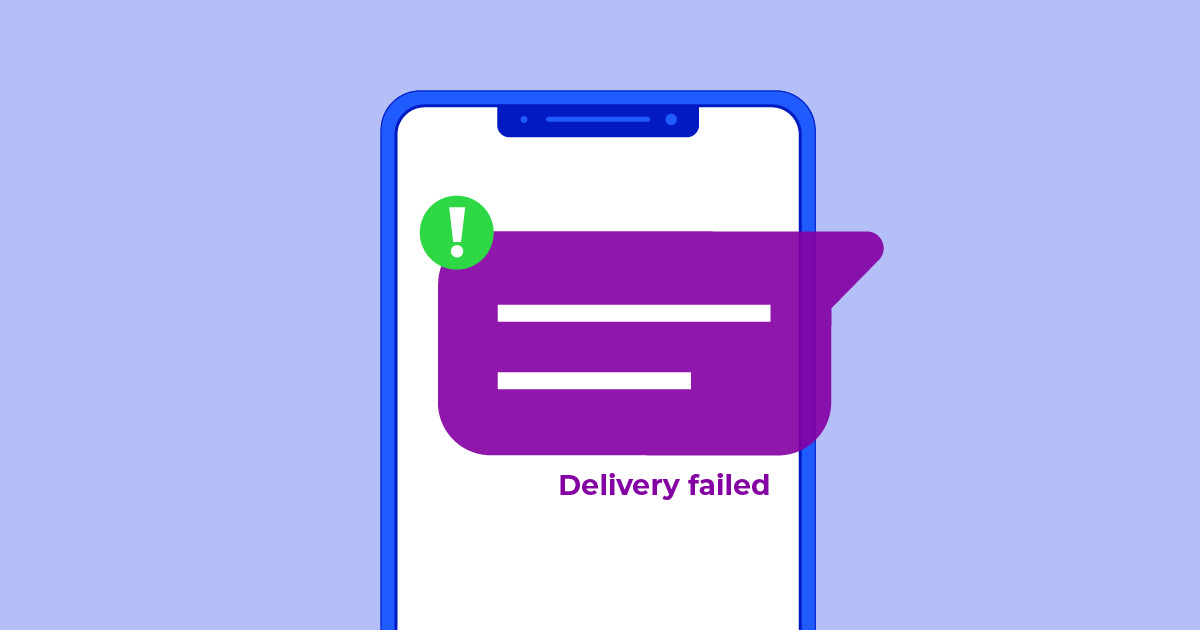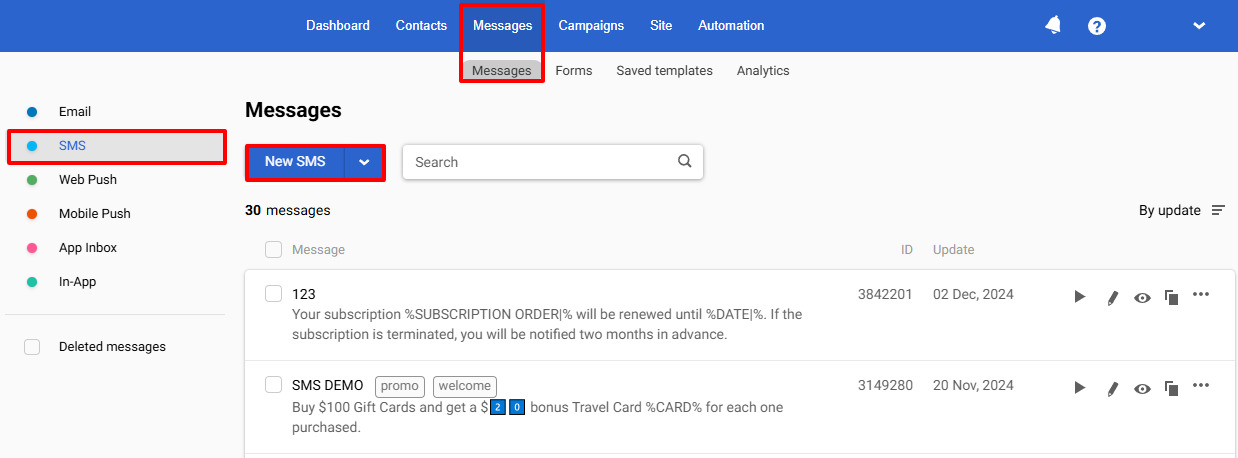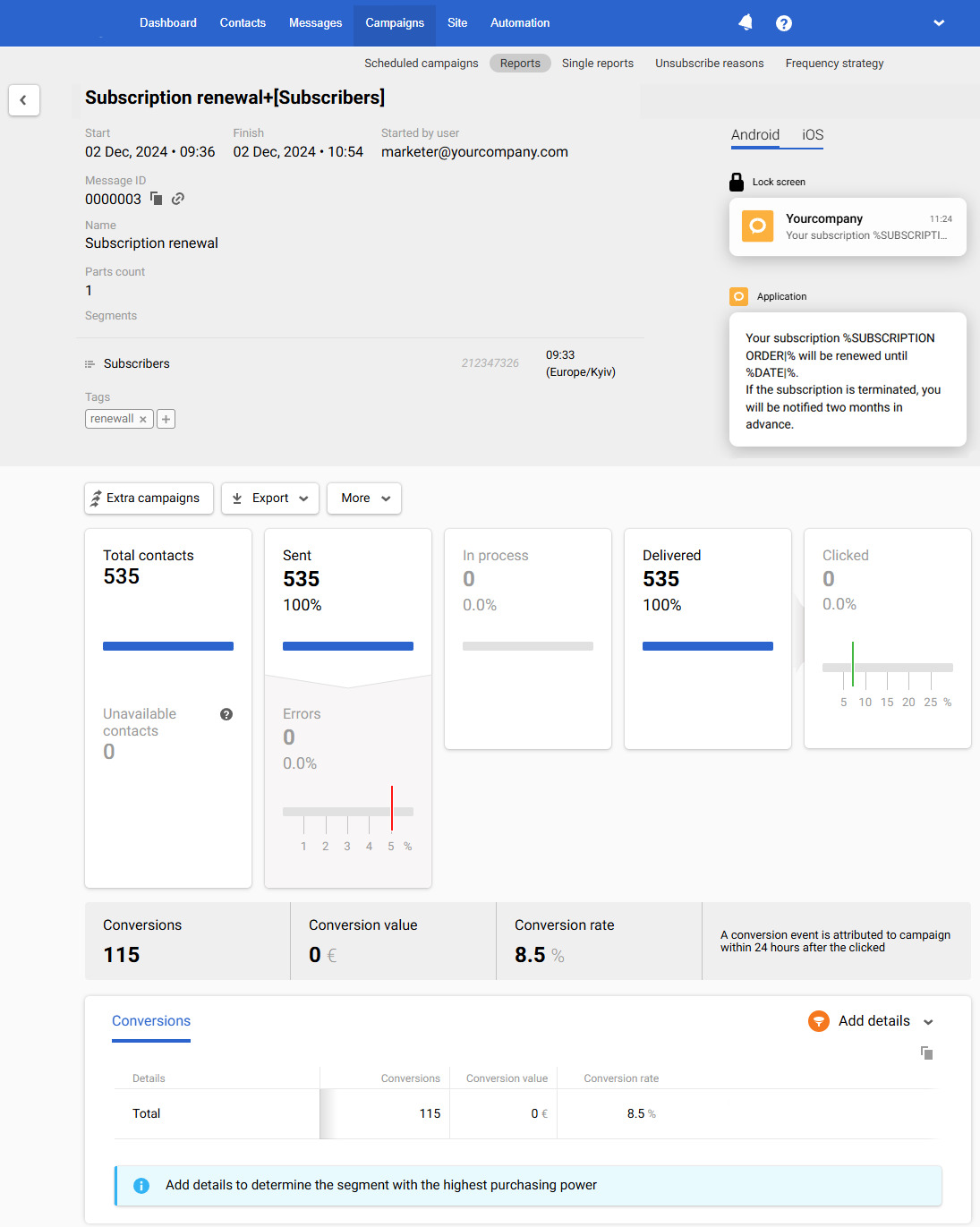
George Johnson
Expert Writer
November 26, 2025

George Johnson
Expert Writer
November 26, 2025

SMS messages have a 98% open rate. This fact alone is enough to put SMS marketing on par with mobile app marketing in terms of customer engagement and retention, and push a lot of businesses to use SMS as a major customer communication channel.
Yet, even well-crafted SMS campaigns will inevitably fail if message delivery rates are subpar. Despite being a common problem in SMS marketing, failed messages are more than an unpleasant issue – they can cost your business significant lost revenue.
The good news is that the “message not delivered” problem is solvable. Below, we’ll explain the reasons for text message failure and how to fix them to maximize your SMS marketing efficiency.
Text messages are yet another communication channel that can help you build and maintain strong connections with customers, keeping them interested and engaged and eventually driving them toward conversions. Companies that include SMS in their omnichannel strategies boost customer engagement by over 47% and enjoy the ROI of up to $41 per dollar spent on SMS marketing.
With that in mind, non-delivered text messages feel even more painful, especially when you don’t know what’s going wrong. There is more than one possible reason behind the ubiquitous message send failure. However, forewarned is forearmed. Let’s examine the most common reasons for the “Message was not delivered” error in more detail.
A simple typo, wrong or missing digit, incorrect country code, and invalid recipient number cause text message delivery problems more often than you think. Customers switch carriers, change phone numbers, and deactivate old phones. In other words, the number may simply no longer exist. Not taking this into account inevitably results in wasted message credits and low delivery rates.
How to resolve:
Mobile carriers have strict rules and text message filters in place to shield users from spam, scams, and message overload. Using excessive promotional language like “FREE,” “Click NOW,” or “LIMITED TIME OFFER” can trigger blocks. Besides, some mobile companies limit the number of recipients for bulk texting, especially if you use a non-registered number.
How to resolve:

Using spammy wording triggers can get your number blocked, but certain types of content can lead to message send failure as well. Unlawful, harmful, deceptive, or offensive materials are considered prohibited content and should not be used in marketing campaigns. Forbidden topics include:
How to resolve:
Mobile carriers are extremely cautious when it comes to links in text messages, as these are often used in scams. Providers flag and block suspicious URLs, leaving your SMS no chance to reach its destination. If you notice a lot of “Message was not delivered” results in your uplink response, this might be the case.
How to resolve:
Mobile operators and SMS gateways tend to limit the message flow per second or per minute to avoid network overload and reduce spam. Exceeding these thresholds will cause text message failure.
How to resolve:
Before winning customer trust and loyalty, you must first convince your mobile carrier that you are a trusted sender. Thus, if your user ID is not registered and verified by the carrier or your sender details match a blacklisted number, you’ll end up with a “Text message failed to send” error.
How to resolve:
When you try to use a personal number for mass texting, you’ll get into a P2P vs. A2P messaging conflict and experience delivery failures. P2P (person-to-person) routes are used for individual communication, while A2P (application-to-person) is a distinct route for businesses to send bulk text messages.
How to resolve:
If your recipients enable Do Not Disturb (DND) settings on their phones or have their numbers on an official DND list, you’ll get a text message error even if your texts are legitimate and well-composed.
How to resolve:

A message may be blocked because it is encoded incorrectly, contains unsupported characters, or exceeds text limits. For example, the GSM format supports SMS up to 160 characters while limiting some symbols and emojis. Unicode, on the other hand, allows Arabic, Chinese, and Cyrillic scripts if the text doesn’t exceed 70 characters. The system automatically switches encodings to accommodate your texts, which can lead to incomplete or undelivered messages.
How to resolve:
When a user unsubscribes from your send list, blocks your number, or refuses to receive your messages, a mobile operator activates automatic filters that will reject further SMS from you.
How to resolve:
It might seem like a trivial reason for text message failure, but an empty SMS platform account or a terminated mobile plan can stop your campaign in its tracks.
How to resolve:
A recipient can turn off their phone, activate airplane mode when traveling, or live in a location with patchy signal coverage. On top of that, some countries restrict roaming for foreign users, while a person can also deactivate roaming when abroad.
How to resolve:
Carrier service disruptions might happen due to large-scale issues in the mobile network, such as:
Possible solutions:
Another possible reason behind a message send failure is that your recipient has disabled SMS on their phone. Some people turn this function off manually, or it might accidentally switch it off after a software update or a system reset.
Possible solutions:
When message volume exceeds the mobile network's carrying capacity, it causes an overload and “text message failed to send” issues. SMS delays, queuing, or failures can occur due to local network problems at public events or excessive SMS traffic during evening hours, weekends, or holidays.
Possible solutions:
Some countries have strict messaging laws and policies that set technical and regulatory barriers to message delivery from abroad. Restrictions can affect:
Possible solutions:
Just as a structured, consistent approach is crucial for mobile app branding and laying a strong foundation for further marketing efforts, a well-thought-out approach to SMS campaigns will help you get the most out of this tool. Here are the best practices to improve your delivery rates and increase your campaign efficiency.
The success of any SMS campaign hinges on its contact list. Sending text messages to invalid or outdated phone numbers is not only a waste of time and effort but also of your marketing budget. That’s where a simple number validation can become a game-changer by ensuring that all numbers on your list are active, correctly formatted, and can receive texts.
Perform bulk sends responsibly. Your audience should agree to receive your text messages. With a proper opt-in process, you’ll demonstrate regulatory compliance and strengthen your sender reputation.
Keep your messages within the standard SMS character limit. Steer clear of spammy words or phrases and banned content that may raise suspicions or even cause system blocks. Use verified and trusted links or a reputable link shortener tied to your domain.
With the right partner, you can rest assured that your text messages are routed efficiently, handled by reputable carriers, and supported with real-time delivery tracking. Your choice of provider can mean the difference between instant delivery and message send failure.
Optimize timing and targeting. Throttle your messages and segment your audience wisely to control delivery speed and improve relevance. Set up your campaigns based on time zones, audience behavior, and message type.
Mass sends require monitoring and control. Keep an eye on your delivery statuses and bounce rates. Analyze failed messages to spot recurring issues and eliminate them before they grow into bigger problems and hurt your marketing efficiency.
Mobile network infrastructure, standards, carrier rules, and user habits can change over time. So, SMS marketing is not a one-and-done task, but rather a strategy that requires supervision and iteration to be effective.
Track your campaign performance and revise your message templates, timing, and targeting when necessary. Test new approaches and refine your processes to catch up with regulatory and other changes.
Creating an efficient SMS campaign is easier said than done unless you have the right partner like Reteno by your side. As an omnichannel messaging platform, Reteno can help you maximize user engagement, drive retention, and boost conversions by setting up efficient customer communication across 8 different channels or combining them in a multichannel marketing strategy.
When it comes to SMS messages, our platform will do all the hard work for you: create perfectly personalized campaigns, segment your audience, automate sends, analyze campaign results, and ensure complete regulatory compliance across regions. All you have to do is just reap the benefits of a professionally set SMS campaign.


Preparation, a solid strategy, and the right tools are crucial to successful SMS campaigns. By using best practices in a combo with a robust platform, you can turn your SMS campaigns from a hit-or-miss effort into a reliable, high-impact channel for business communication and customer engagement.
Alex Danchenko
|
February 12, 2023
Find out which communication channel to choose between push notifications and text messages. Key differences between sms and push notifications.
Alex Anikienko
|
October 7, 2025
Discover how to balance AI automation with authenticity to build trust and boost conversions in your brand сommunications

